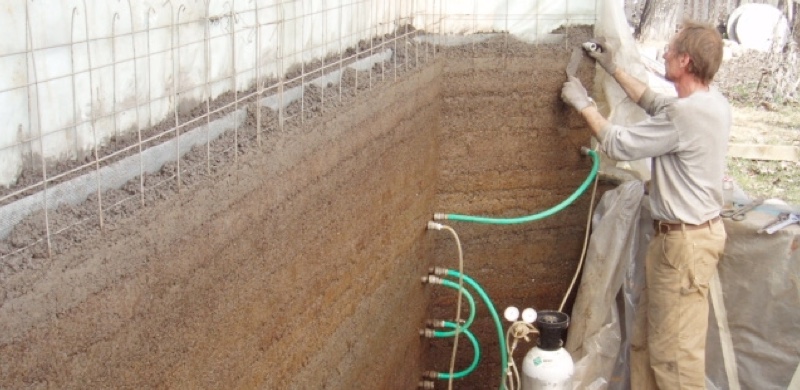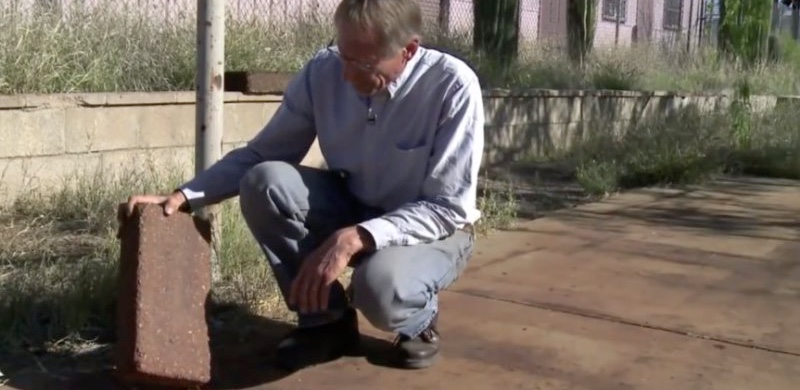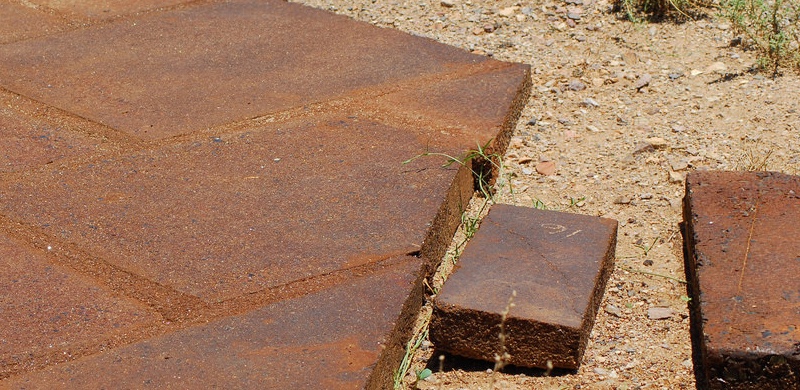
Cement is a powder for hardening by mixing water or a solution when making concrete, and its production as of 2015 alone reached 8.2 billion tons. When making cement or when mixing cement and water to make concrete, a lot of carbon dioxide is released and affects the environment, but it is used all over the world because of its strength and durability.
Ferrock is a material that tries to solve problems while providing the advantages of concrete as it is. It was David Stone at the University of Arizona who first discovered Ferroc. He says that while looking for a way to prevent iron from rusting and hardening during his doctoral course in environmental chemistry, he accidentally found Ferroc.

Ferroc is mainly composed of waste iron carbonate powder and silica which are discarded. After drying, it cannot be returned to liquid as well as concrete, but retains the properties of solid rock.
Compared to cement, ferrocs have five times the strength, but they have excellent flexibility to withstand shrinkage and are stronger in seawater environments. One of the features is that it does not emit carbon dioxide when dried, but absorbs and binds it.

Of course, it seems like a very useful material if you listen to it. However, if we learn that waste steel dust can be used as a building material, the bargain price can increase exponentially. If this happens, there is a skepticism that it is difficult to use on a large scale like concrete, as the manufacturing cost of perroc also rises. Related information can be found here .

